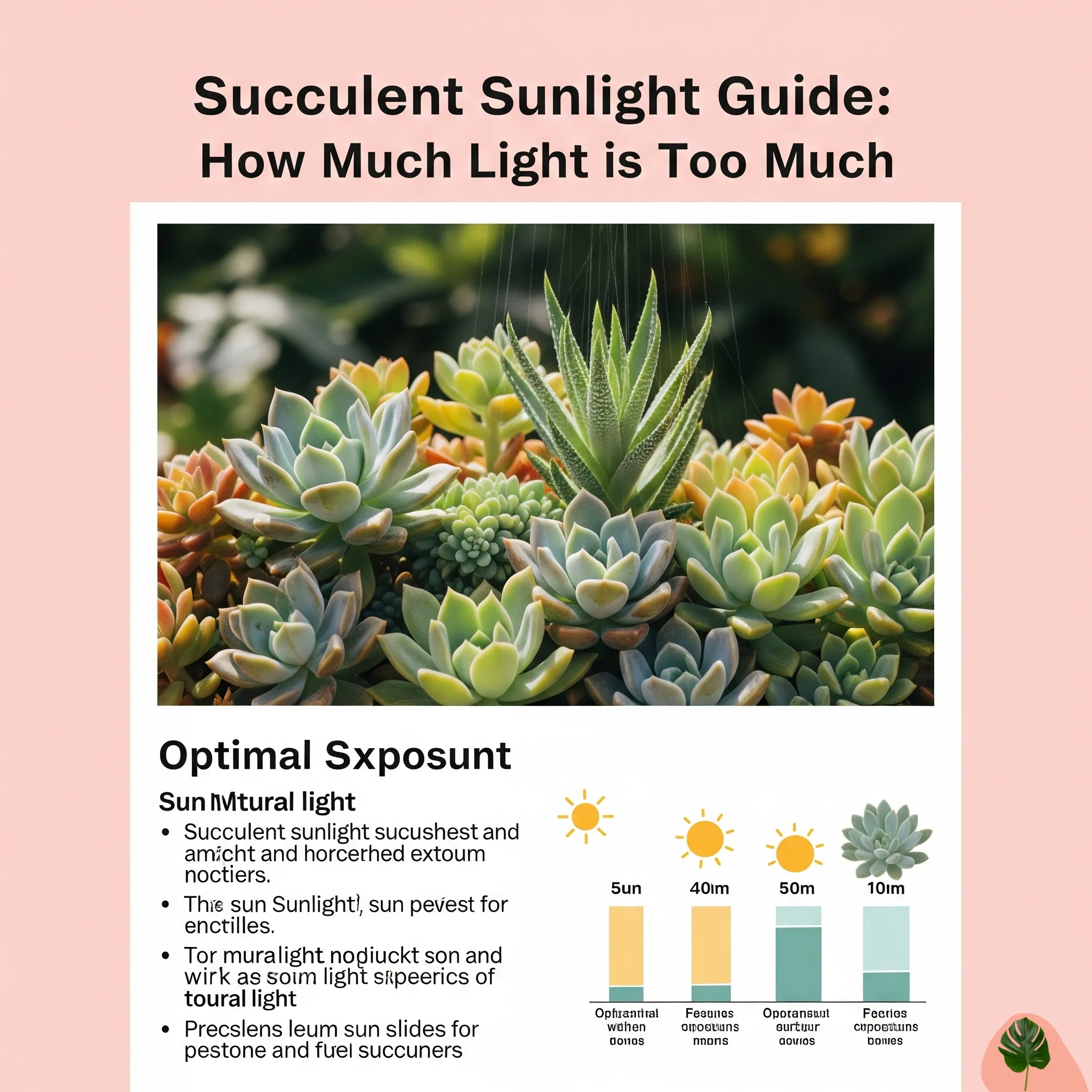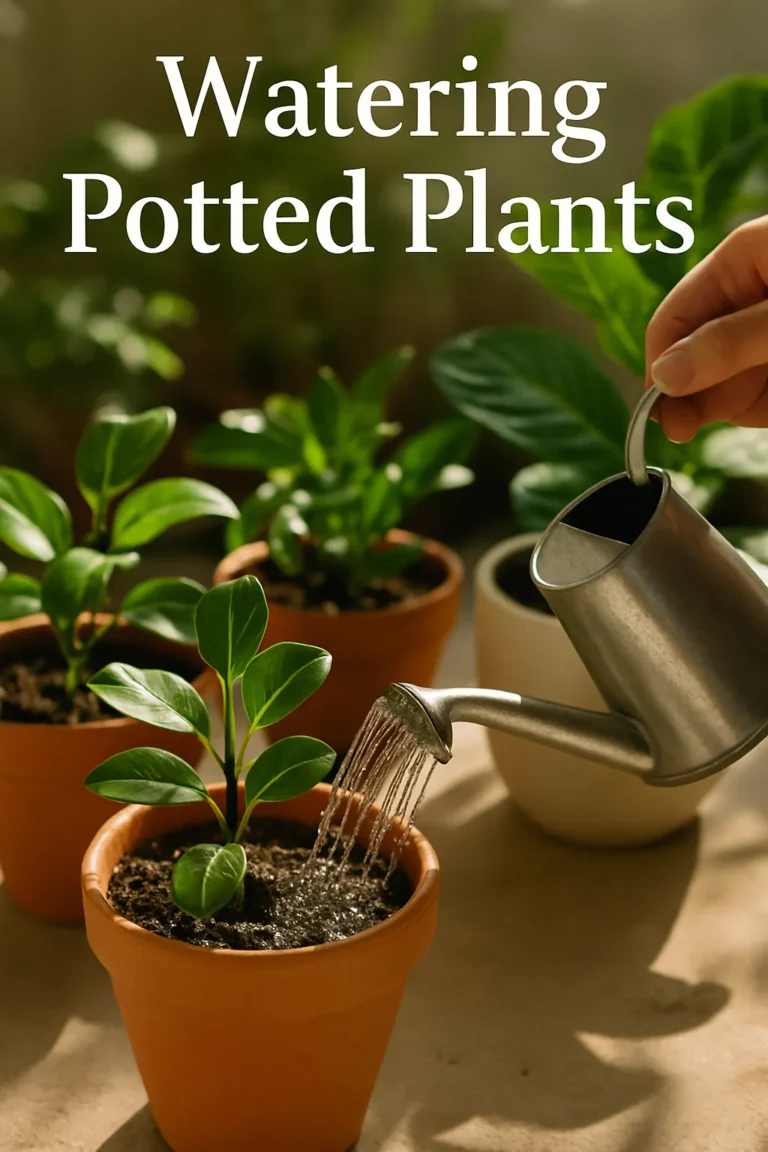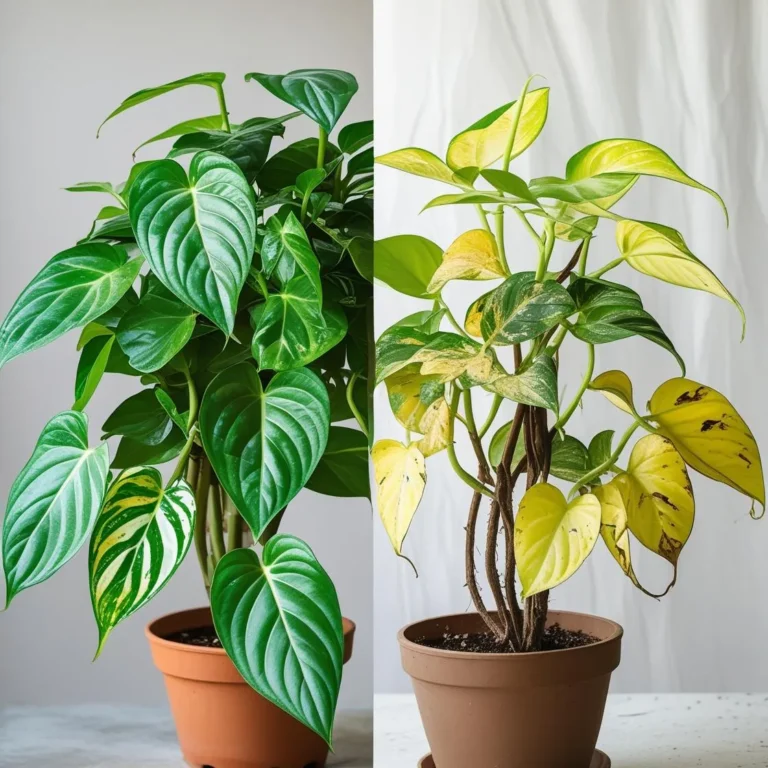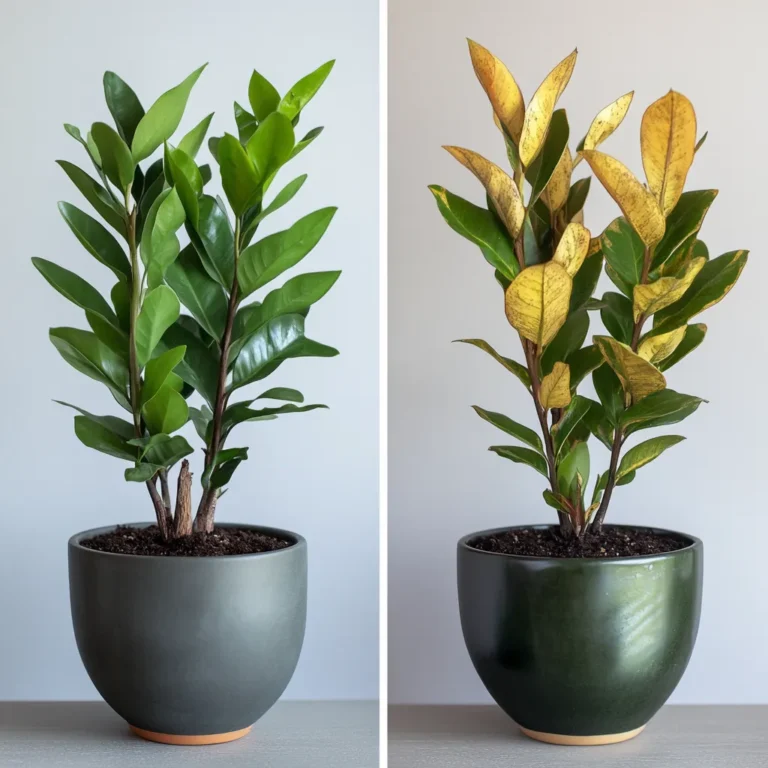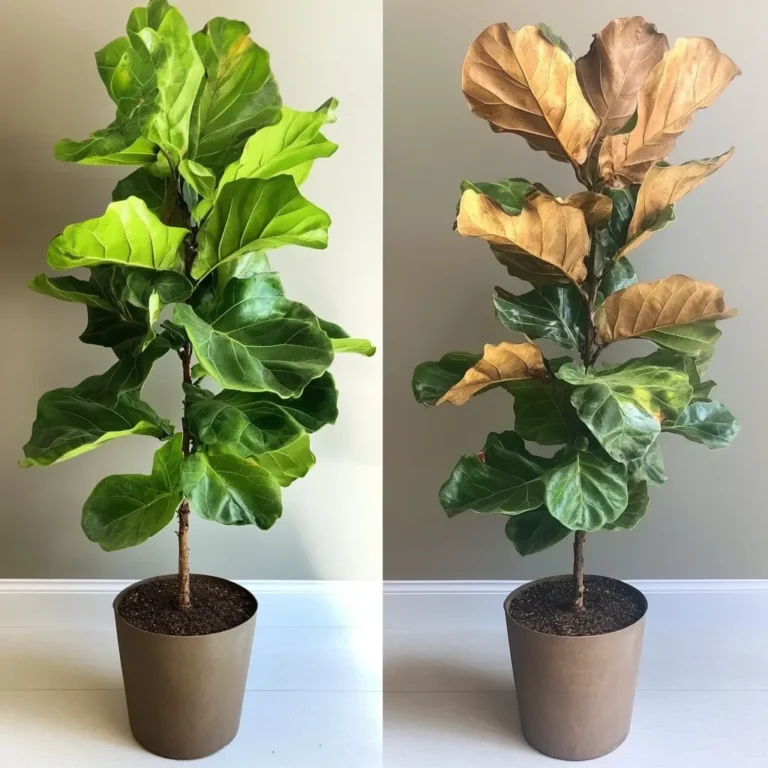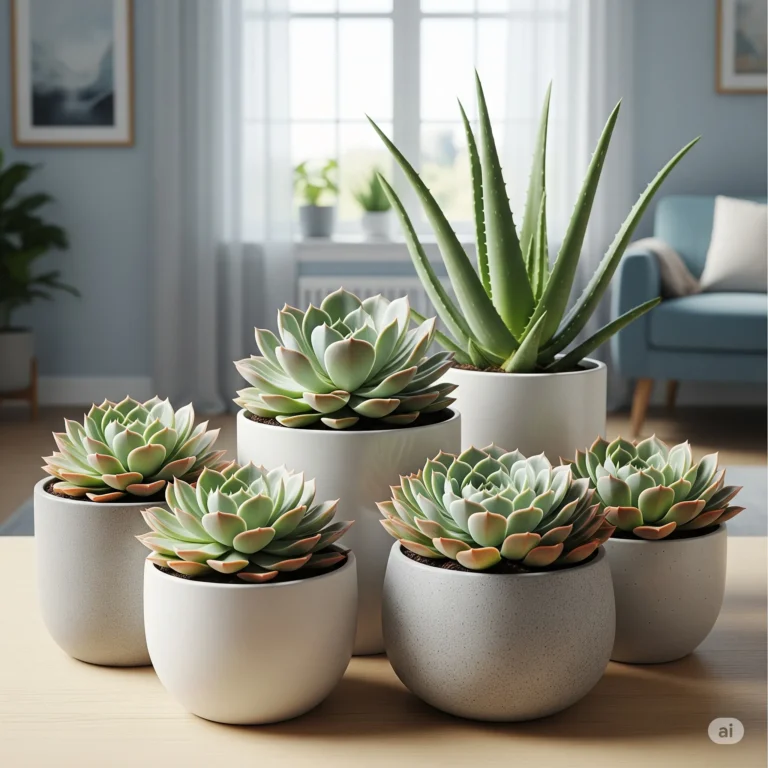Succulent Sunlight Guide: How Much Light is Too Much?
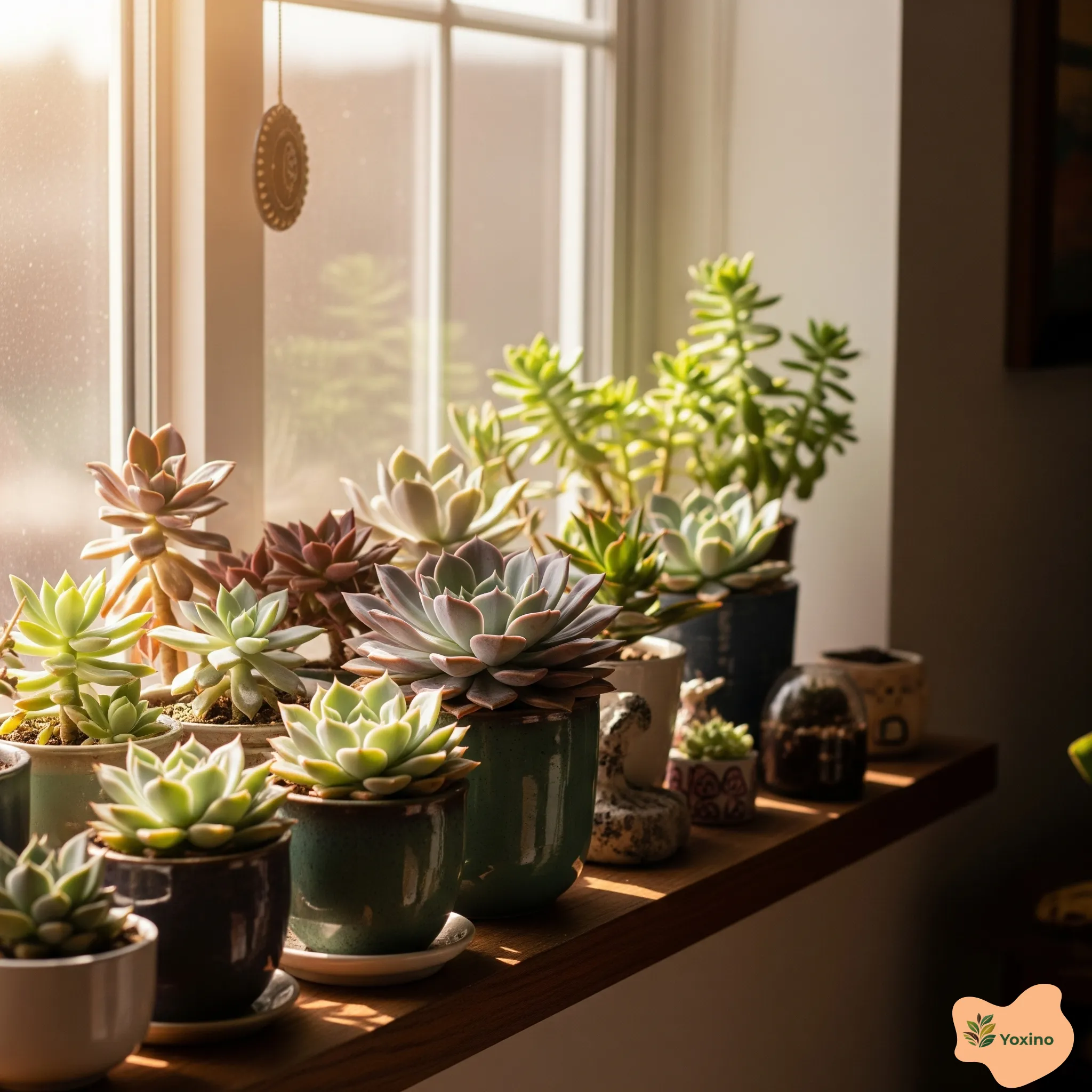
Understanding succulent sunlight requirements is crucial for healthy, vibrant plants. While these desert beauties love bright conditions, finding the perfect balance between too little and too much light can be tricky for indoor gardeners. How much sun do succulents need depends on the variety, but getting it wrong leads to stretched, pale plants or painful sunburn damage.
The key is learning to read your plants’ signals and adjusting their placement accordingly. Let’s explore the optimal lighting conditions for thriving succulents!
Sunlight Needs by Succulent Type
| Succulent Type | Light Requirement | Placement Suggestion |
|---|---|---|
| Echeveria | Bright, direct light | South-facing window |
| Haworthia | Bright, indirect light | East window, filtered light |
| Jade Plant | 4-6 hrs direct light | Near sunny window |
| Aloe Vera | Indirect to direct | Partial sun, rotate weekly |
| Sedum | Full sun to partial | Bright windowsill |
| String of Pearls | Bright, indirect | Hanging near east window |
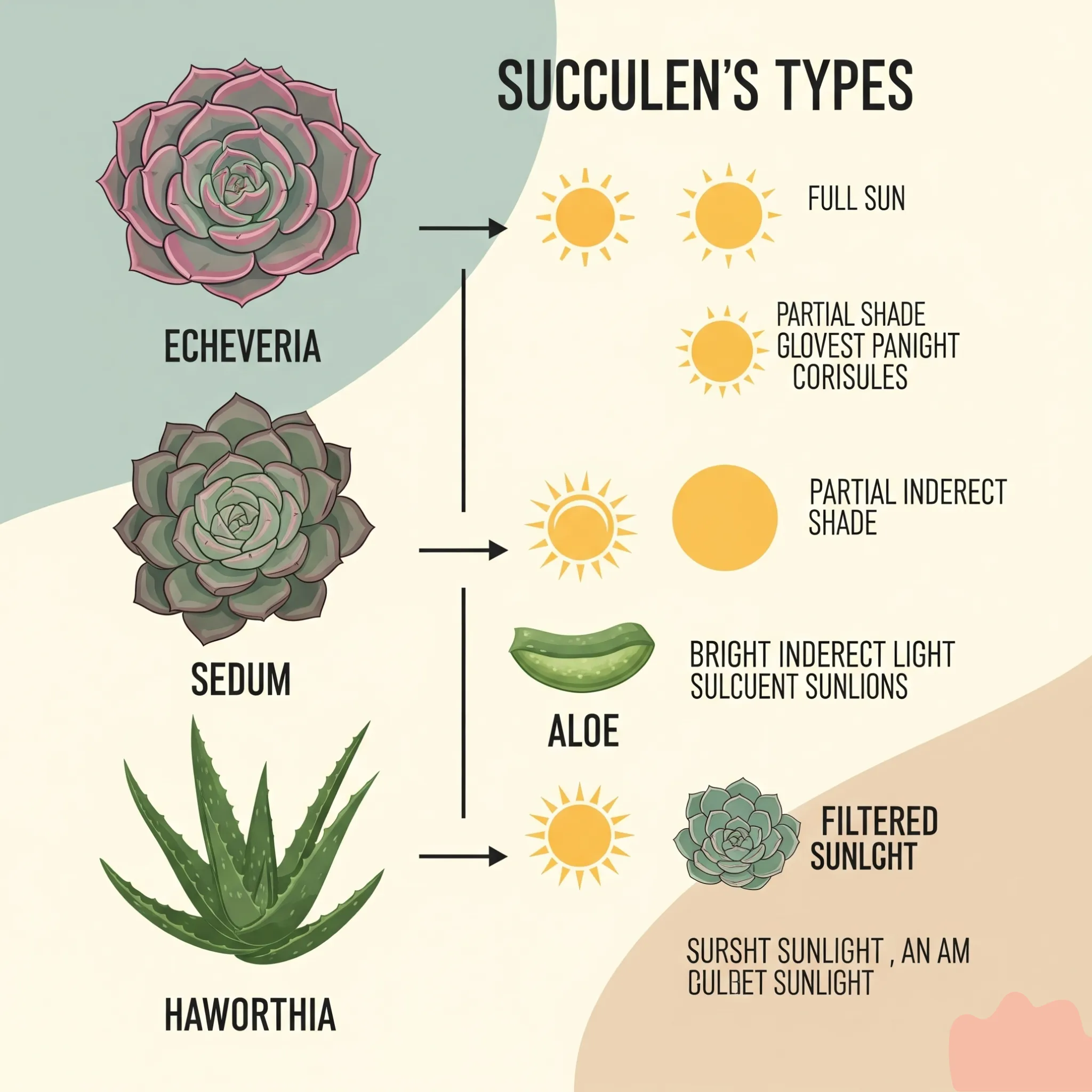
Signs Your Succulents Need More Light
Etiolation (stretching) is the most common problem with succulent care indoor light conditions:
- Leggy growth: Stems become long and weak as plants reach for light
- Pale coloration: Vibrant greens fade to light green or yellow
- Loose rosettes: Compact growth patterns become open and sparse
- Slow development: New growth appears weak and thin
These symptoms indicate your plants need brighter conditions or supplemental lighting.
Warning Signs of Too Much Succulent Sunlight
Even sun-loving succulents can suffer from excessive direct sunlight vs indirect light exposure:
- Sunburn spots: Brown or white patches on leaves, especially tips
- Wrinkled appearance: Dehydrated, shriveled leaves despite adequate watering
- Red stress coloration: While sometimes desirable, sudden reddening indicates shock
- Leaf drop: Severely burned leaves may fall off completely
Light Problem Diagnosis Table
| Symptom | Too Much Sun? | Too Little Sun? |
|---|---|---|
| Elongated growth | ❌ | ✅ |
| Leaf burning/scorching | ✅ | ❌ |
| Pale, faded leaves | ❌ | ✅ |
| Red coloration | ✅ (stress) | ❌ |
| Compact rosettes | ✅ | ❌ |
| Weak, thin stems | ❌ | ✅ |
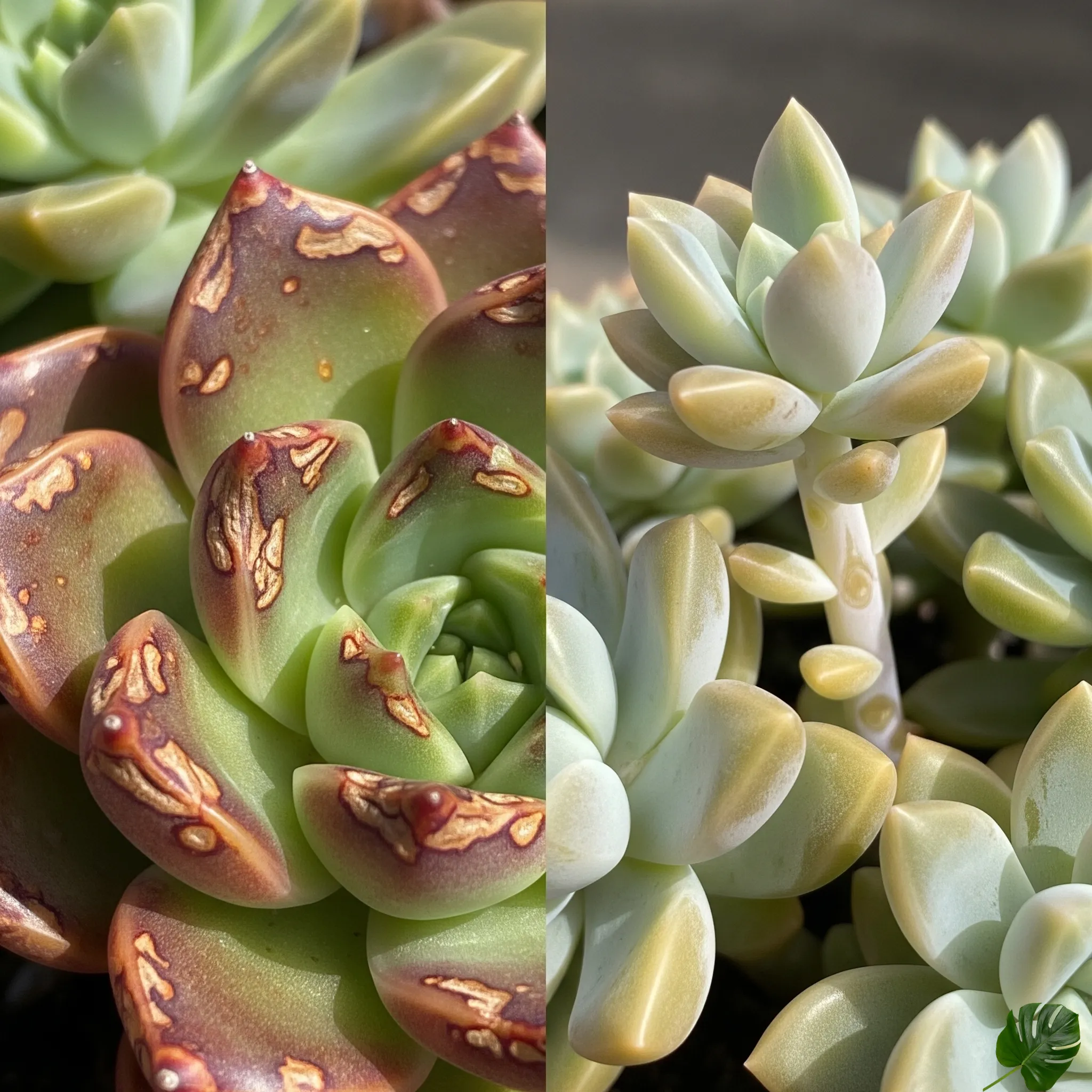
Creating Ideal Indoor Light Conditions
The best light for succulents indoors requires strategic placement:
Window Selection:
- South-facing windows provide maximum light intensity
- East windows offer gentle morning sun
- West windows can be too intense without filtering
Light Management Tips:
- Use sheer curtains to diffuse harsh afternoon sun
- Rotate plants weekly for even light exposure
- Move plants closer to windows during winter months
- Consider seasonal adjustments as sun angles change
Gradual Acclimation: When moving succulents to brighter locations, increase exposure gradually over 1-2 weeks to prevent shock.
Using Grow Lights for Succulent Sunlight
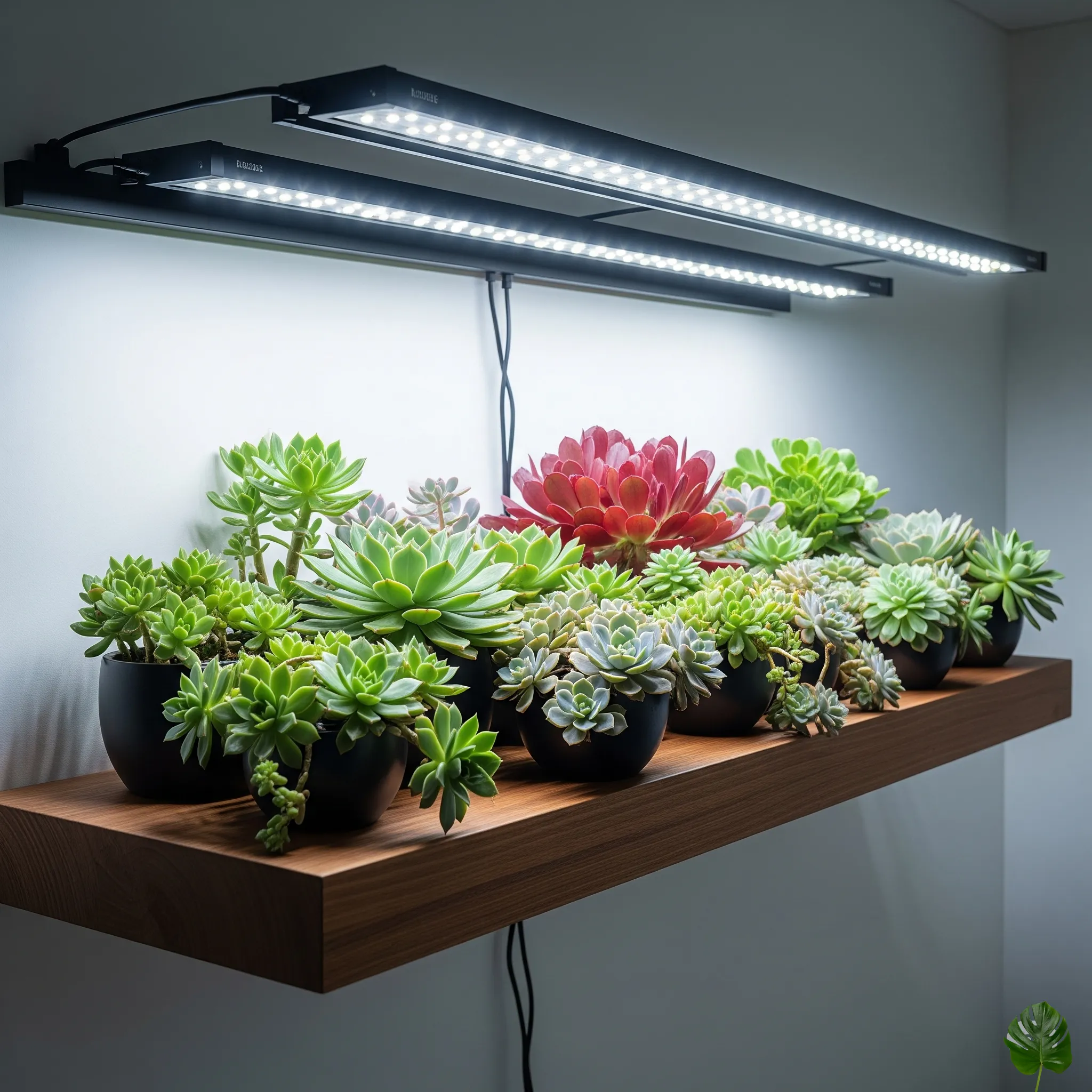
Grow light for succulents becomes essential in low-light homes or during winter:
LED Specifications:
- Full-spectrum LEDs (3000K-6500K color temperature)
- 24-40 watts per square foot of plant coverage
- Adjustable height for different growth stages
Timing Guidelines:
- 12-14 hours daily for low-light rooms
- 8-10 hours to supplement natural window light
- Use timers for consistent scheduling
Setup Tips:
- Position lights 12-24 inches above plants
- Adjust height as plants grow
- Monitor for heat buildup with LED panels
Seasonal Succulent Sunlight Adjustments
Summer: Protect from intense afternoon sun with sheer curtains or move back from windows Winter: Move closer to light sources or add grow lights as daylight hours decrease Spring/Fall: Gradually transition plants to new light conditions
Troubleshooting Common Light Issues
Problem: Succulent stretching despite bright window Solution: Check for obstructions; consider grow light supplementation
Problem: Sunburn on “sun-loving” varieties Solution: Provide gradual acclimation; filter harsh afternoon light
Problem: Loss of colorful pigmentation Solution: Increase light intensity gradually; ensure 6+ hours bright light daily
Maximizing Succulent Health Through Proper Lighting
The relationship between succulent sunlight and plant health extends beyond mere survival. Proper lighting produces:
- Vibrant colors: Stress pigments develop under appropriate light levels
- Compact growth: Strong light prevents stretching and maintains shape
- Flowering: Many succulents bloom only with adequate light exposure
- Disease resistance: Healthy plants resist pests and fungal issues
Conclusion
Mastering succulent sunlight requirements transforms struggling plants into stunning displays. Start by observing your plants’ current condition, then adjust placement gradually. Remember: most succulents prefer bright, indirect light with some direct morning sun.
Whether using natural window light or supplemental grow lights, consistency is key. Monitor your plants’ responses and adjust accordingly. With proper lighting, your succulents will reward you with compact growth, vibrant colors, and healthy development.
Share your succulent lighting setups with fellow plant lovers – everyone’s learning journey helps the community grow!

